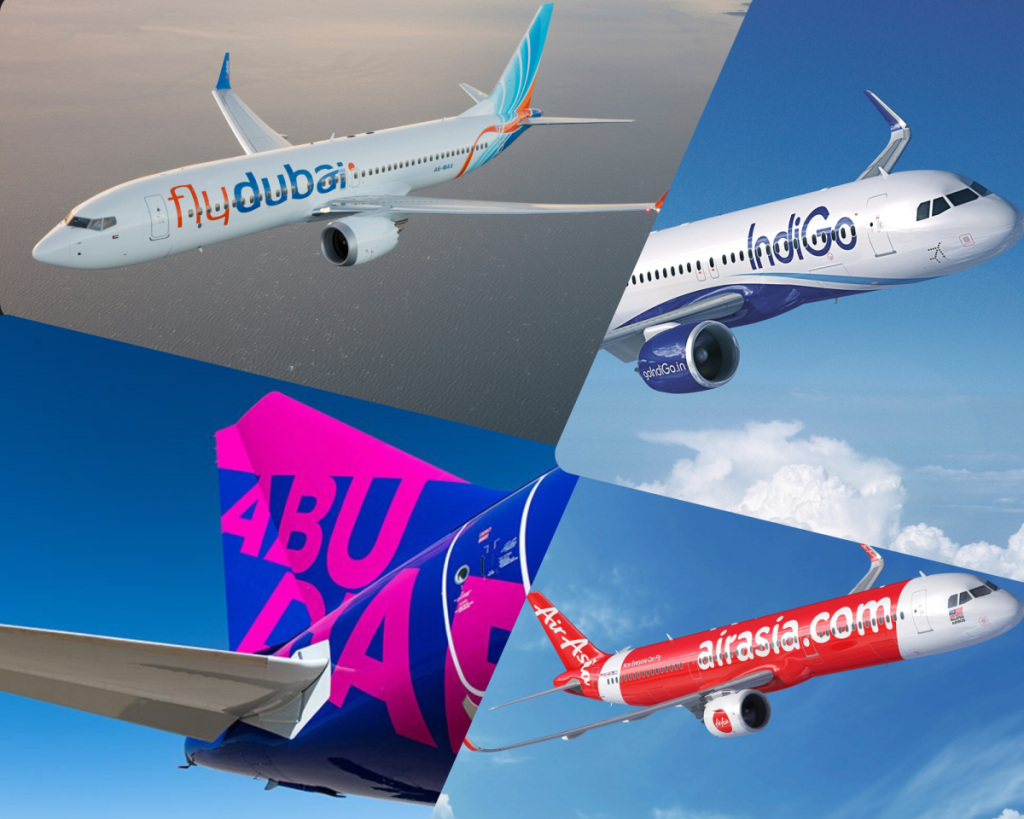How bleak is the future for low-cost airlines?
For decades, budget carriers successfully offered travelers no-frills, cheap flights. But that scrappy business model is now eroding as costs soar and passengers opt for more comfortable seats and spacious upgrades.
The business, it seems, can’t even merge itself out of its tailspin.
Earlier this week, Spirit Airlines (SAVEQ) once again rejected an acquisition proposal from Frontier (ULCC), valued at $2.16 billion. The offer was similar to the one Frontier presented earlier this month. Spirit countered, but its offer was rejected.
Frontier’s first takeover bid in 2022, for $2.9 billion in cash and stock, was foiled by a $3.8 billion offer from rival JetBlue (JBLU). Spirit filed for bankruptcy in November after a federal judge sided with the Justice Department to block its tie-up with JetBlue.
The low-cost carrier model works by offering cheaper seats than traditional airlines to domestic and near-US destinations while charging fees for items like checked bags, seating selection, and snacks or drinks. Often, the airlines will use secondary airports with lower landing fees, such as Long Beach Airport in Los Angeles instead of LAX.
But between increased competition from traditional carriers in domestic routes and rising labor and maintenance costs, the low-cost model has slowly unraveled.
For example, amid activist investor pressure last year, Southwest (LUV) announced it would end its decades-long practice of open seating as part of a new strategy to grow revenue. Meanwhile, in January, Frontier also announced it would start offering seat upgrades and first-class seating by late 2025.
“That ultra-cost model is gone because they don’t have ultra-low costs,” aviation consultant Mike Boyd, president of Boyd Group International.
“The model,” he added, “is evaporating.”
The prospects for the industry are not encouraging for investors. JetBlue stock tumbled recently after the airline’s 2025 outlook disappointed Wall Street. JetBlue cited higher costs and lower-than-expected revenue in its fourth quarter results.
And late last month Southwest CEO Bob Jordan said the airline was “experiencing above-normal unit cost inflation, most notably in market-driven wage rates, airport costs, and healthcare.” Jordan referenced a $500 million cost reduction target for 2027 unveiled at the company’s Investor Day last quarter, saying, “We will be relentless in pursuing cost takeout.”
The cost woes are reflected in stock prices: The ultra-low-cost carriers have, for the most part, underperformed the broader airline market.



